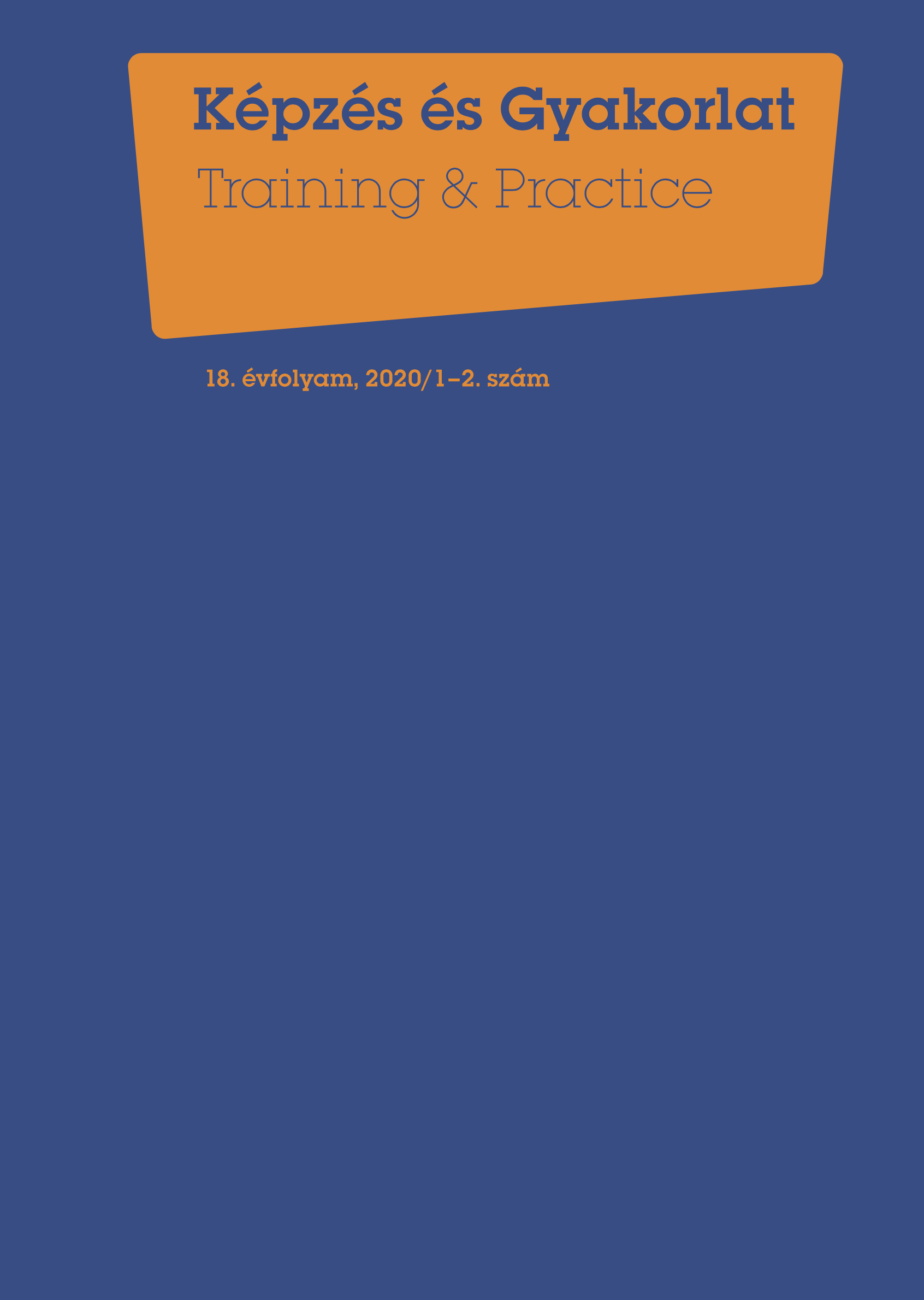Possibilities of the application of fairy tale drawing personality analysis method in kindergarten pedagogical practice
DOI:
https://doi.org/10.17165/TP.2020.1-2.17Abstract
The aim of this study is to determine the application of the fairy tale drawing method to kindergarten pedagogical practice. First, the research emphasizes the special role of fairy tales, listening to stories in early childhood and their important part in personal development. The analysis from the point of view of pedagogical psychology, on the one hand, summarises basic theoretical knowledge and, on the other hand, presents an independent empirical research. Based on the systematic results, it is possible to determine the methodological recommendations that can ensure the efficiency of the implementation of the fairy tale personality cognition process in the field of raising children.
References
Balassa, Anna (szerk.) (1999). Icinke-picinke. Népmesék óvodásoknak. Bp: Móra Ferenc Ifjúsági Könyvkiadó
Bettelheim, Bruno (2018). A mese bűvölete és a bontakozó gyermeki lélek (ford. Bp: Corvina Kiadó
Kádár, Annamária (2012). Mesepszichológia. Az érzelmi intelligencia fejlesztése gyermekkorban. Bp: Kulcslyuk Kiadó
Kósáné Ormai, Veronika (2001). A mi óvodánk. Neveléspszichológiai módszerek az óvodában. Bp: Okker Kiadó
Nagy, B. – Szele, A. – Kenyhercz, F. (2018). A child’s world. Debrecen: Didakt Kft.
Tóth, Béla (1967). A meserajz-módszer. Az irodalmi érdeklődés vizsgálata a gyermek rajzi tevékenysége útján. In: Magyar Pedagógia, 67. évf. 2–3. sz. pp. 255–269.
Vajda, Zsuzsanna (2014). A gyermek pszichológiai fejlődése. Bp: Saxum Kiadó
Zsubrits, Attila (2018). Neveléslélektan óvodapedagógia szakos hallgatóknak. (Moodle, uni-sopron.hu).
Zsubrits, Attila (2019). Az igaz út keresése. A szülőktől történő elválás élményének vizsgálata meseképek elemzésével eltérő családi háttérrel rendelkező gyerekek körében. 1. rész. Óvodai Nevelés, 72: évf. 10. sz. pp. 14–17.
Downloads
Published
Issue
Section
License
Copyright (c) 2020 Unger Vivien

This work is licensed under a Creative Commons Attribution-NonCommercial-NoDerivatives 4.0 International License.












